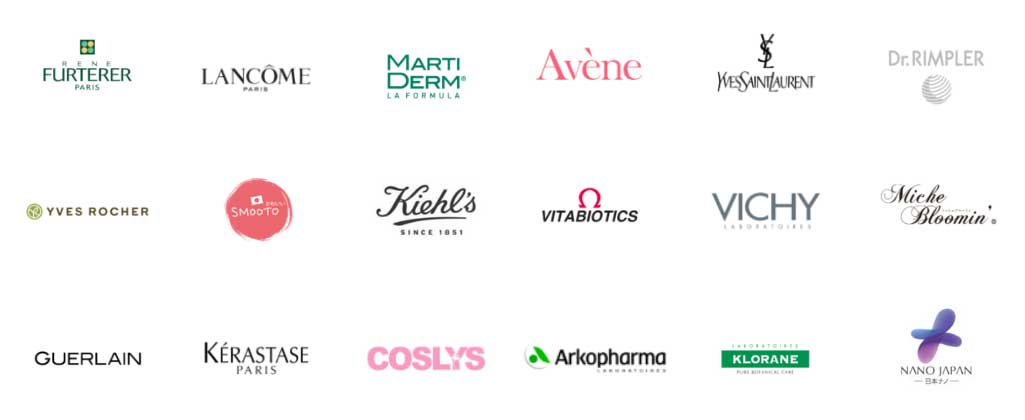Ever caught yourself marveling at the seemingly high, often elusive Asian beauty standards? Trust me, you’re not alone. It’s a thought that has crossed my mind more times than I care to count, becoming all the more intriguing when I discovered that nearly 40 percent of women in countries such as China and South Korea incorporate skincare products into their daily routines as they strive to meet these expectations.
This article is set to take us on an enlightening journey deep into the heart of East Asian beauty ideals; with our focus sharpened on Chinese vs. Korean standards. Let’s get ready – this exploration uncovers historical influences, rich cultural nuances, prevailing trends, and reveals the underlying implications of such rigid norms.
Key Takeaways
- Korean beauty standards emphasize a slim figure, fair skin, and small V-shaped faces, influenced by historical preferences for lighter skin tones.
- Chinese beauty standards prioritize a softer and more natural look, valuing pale or white skin and emphasizing inner beauty as well.
- Both countries have been influenced by Western ideals of beauty, leading to increased pressure to conform to unrealistic standards and potential negative impacts on body image.

Differences between Chinese and Korean Beauty Standards
Korean beauty standards place a strong emphasis on having a slim figure and fair skin, while Chinese beauty standards tend to prioritize a softer and more natural look.
Emphasis on slim figure and fair skin in Korean beauty standards
In Korea, people see beauty in a slim body shape and light skin. This is key in their view of what looks good. They want to look young and pure. Small, V-shaped faces are seen as the best kind of face shape.
Having double eyelids is also seen as good-looking. These choices come from an old way of thinking that liked lighter skin tones in East Asia.

Preference for a softer and more natural look in Chinese beauty standards
In China, beauty means a softer and more natural look. People value white or pale skin. This view of beauty is different from other places. In the sense of white skin and slim looks, Chinese women and men are very similar to Korean ones, as both of these countries really focus on having the whitest possible face, considered as the biggest ideal of beauty in the Chinese culture.
Korean women are known for their porcelain skin and very slim body shape, but in China, those features are also desired the most. But it’s important to understand that China is big and there are many skin shades and body types, and most Chinese women actually don’t look like they would like to. This is why it’s becoming very popular in Chinese society to pay for cosmetic surgery for double-eye lids, chin shape changes, and more.

Impact of Western influence on beauty standards in both countries
Both China and Korea feel the effects of Western beauty ideals. Fair skin, slim bodies, and big eyes are marks of beauty now. Such views have come from the West. Yet they bring problems too.
Many people in Asia now look to these ideals as truth. They want to fit into this new shape of beauty. It is not easy! Many times it is even impossible for them to reach such high goals.
These tough standards hurt how they see themselves and their bodies.
Cultural Influences on Beauty Standards
K-pop and the Hallyu Wave have played a significant role in shaping Korean beauty standards, with idol groups and celebrities becoming influential figures in promoting certain beauty ideals.
Historical influences on Chinese beauty standards
Chinese beauty standards have been shaped by a variety of historical influences. In ancient China, the concept of beauty was closely tied to culture and tradition. The ideals of beauty focused on qualities such as delicate features, slim figures, and fair skin.
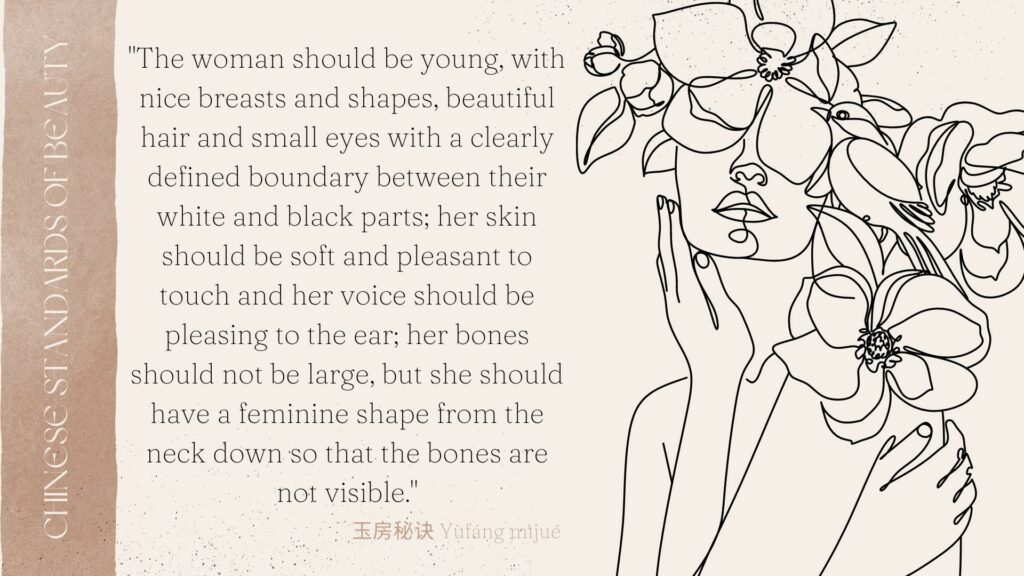
These ideals were consistent throughout Chinese history and reflected the value placed on femininity and grace. Economic factors also played a role in shaping beauty standards, as wealthier individuals had access to luxury skincare products and could afford elaborate hairstyles and clothing.
Overall, the historical influences on Chinese beauty standards have created a unique set of ideals that continue to impact perceptions of beauty in modern-day China.
K-pop and Hallyu Wave’s influence on Korean beauty standards
The influence of K-pop and the Hallyu Wave on Korean beauty standards cannot be overstated. The Hallyu Wave, referring to the global popularity of South Korean entertainment industry, has introduced Korean pop culture to audiences worldwide.
K-pop idols are often seen as the epitome of beauty in South Korea. Their flawless skin, perfect figures, and distinct facial features have popularized certain beauty ideals. As a result, fair skin, double eyelids, slim figures, and v-shaped jawlines have become highly desired traits in Korean society.
This influence extends beyond South Korea’s borders and has impacted beauty standards in other countries as well. The media plays a crucial role in normalizing these standards by promoting them through various platforms such as music videos and television shows.

Traditional beauty practices in both cultures
In Chinese and Korean cultures, traditional beauty practices have played an important role in shaping beauty standards. Here are some traditional beauty practices that can be found in both cultures:
Herbal Medicine
Both Chinese and Korean cultures have a long history of using herbal medicine for skincare. Various herbs and plants are used to make tonics, creams, and masks to improve the complexion and maintain youthful skin.

Facial Massage
Facial massage techniques are popular in both Chinese and Korean beauty routines. This practice is believed to promote blood circulation, reduce puffiness, and give the face a more youthful appearance.
Face Masks
Face masks made from natural ingredients like green tea, rice water, or ginseng are commonly used in both Chinese and Korean skincare routines. These masks help nourish the skin, brighten the complexion, and address specific skin concerns.
Natural Ingredients
Both cultures value natural ingredients for skincare. Commonly used ingredients include honey, rice water, green tea, ginseng, and various fruits and vegetables.
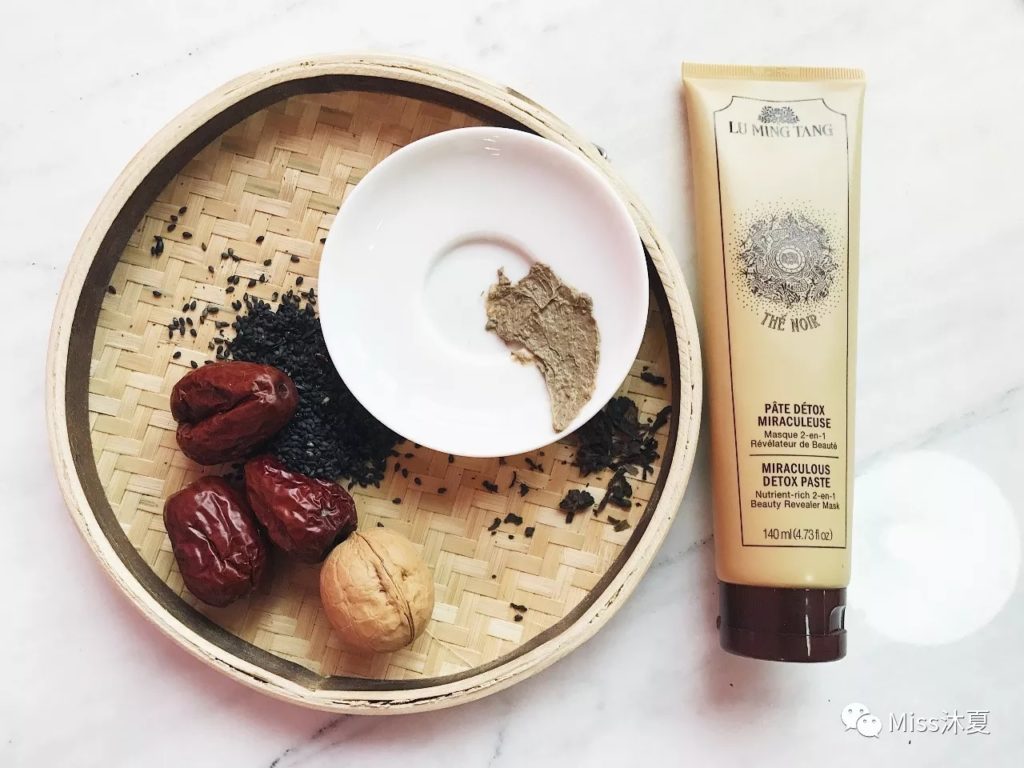
Beauty Tools
Traditional beauty tools like jade rollers or gua sha stones are used in both cultures to massage the face and improve blood circulation. These tools are believed to help sculpt the face, reduce puffiness, and enhance overall skin appearance.
Sun Protection
In both Chinese and Korean cultures, sun protection is seen as essential for maintaining healthy skin. Wearing hats or using umbrellas to shield from the sun’s rays is common practice among many Chinese women, but it’s actually a common practice among men and children.

Pressure and Body Image Issues
High beauty standards in South Korea have led to an increase in body image issues among its population, highlighting the negative impact of strict beauty ideals.
High beauty standards leading to body image issues in South Korea
South Korea’s high beauty standards have a detrimental impact on body image, leading to serious issues. The pressure to conform to these standards can cause low self-esteem, body dysmorphia, and even eating disorders.
South Korea is known for having the highest number of plastic surgery procedures per capita, highlighting the extreme fixation on appearance. This relentless pursuit of perfection can take a toll on mental health and overall well-being.
Social media plays an influential role in perpetuating these beauty ideals, further intensifying the pressure individuals feel to meet unrealistic expectations. It is essential to promote body positivity and challenge these harmful standards for better mental health outcomes in South Korea.
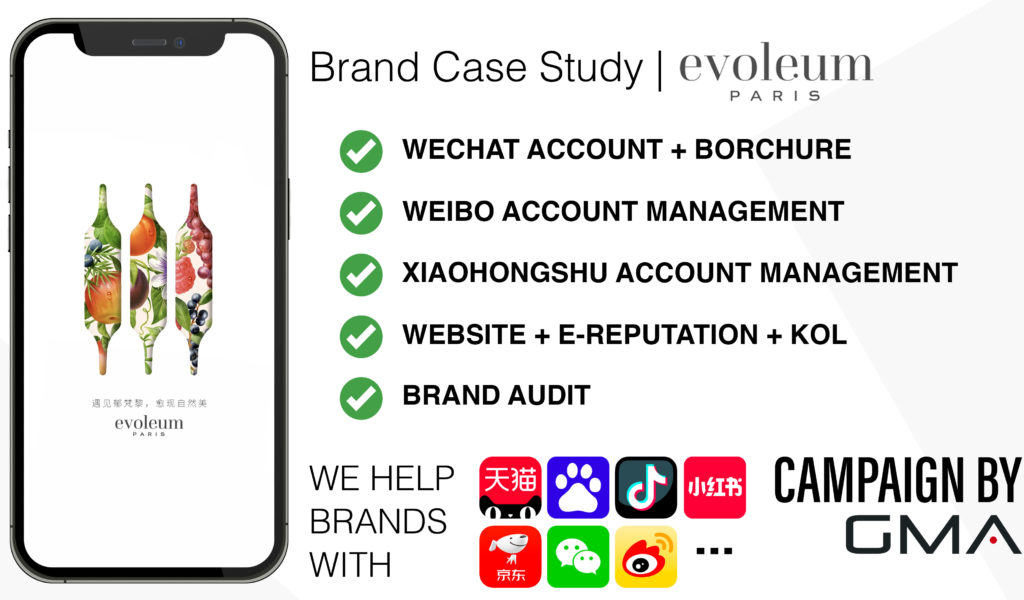
The impact of social media on beauty standards and self-esteem
Social media plays a significant role in shaping beauty standards and impacting self-esteem. The constant exposure to edited images and idealized beauty on platforms like Xiaohongshu or Douyin can create unrealistic expectations of how we should look.
This can lead to feelings of inadequacy, low self-worth, and poor body image. Research shows that social media use is linked to body esteem issues in teenagers, particularly among girls.
Content promoting thinness can negatively affect body image, even across different cultures. Engaging in comparison with others on social media can also contribute to self-objectification and feelings of dissatisfaction with one’s own appearance.
In China, there is also a trend of organizing social media challenges, where Chinese girls can perform an act to show how thin they are. There were ones including a belly button challenge, balancing stacks of coins on the collarbone, an A4 paper challenge, and more. Those types of social media games help to shape unrealistic female beauty ideals, that have very bad consequences for Chinese people.

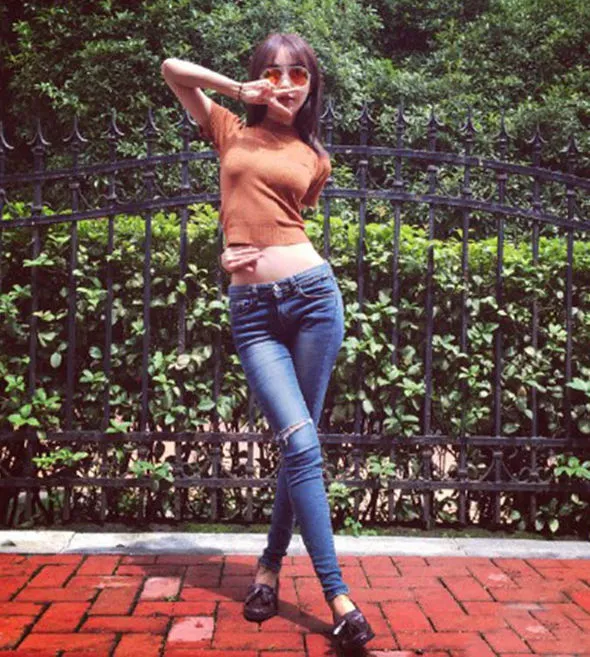

Body positivity movements in both countries
In both China and South Korea, body positivity movements are gaining momentum. People are challenging the pressure to conform to strict beauty standards and embracing body acceptance.
These movements aim to promote self-acceptance and challenge societal beauty ideals. They encourage individuals to feel confident in their own bodies, regardless of size or shape. The impact of social media on beauty standards and self-esteem has been a driving force behind these movements.
Although progress is being made, Asian beauty standards still tend to lean towards thinness, highlighting the need for continued efforts towards body positivity.

We Can Help You Promote Your Beauty Brand in China!
Chinese and Korean beauty standards have their own unique features and influences. While Korean beauty ideals focus on a slim figure, fair skin, and a proper jawline, Chinese beauty standards emphasize a softer and more natural look.
Both countries have been influenced by Western beauty trends but also maintain their cultural traditions in defining their own beauty norms. It is important to recognize the diversity of beauty ideals across different cultures and embrace the concept of individuality and self-acceptance.
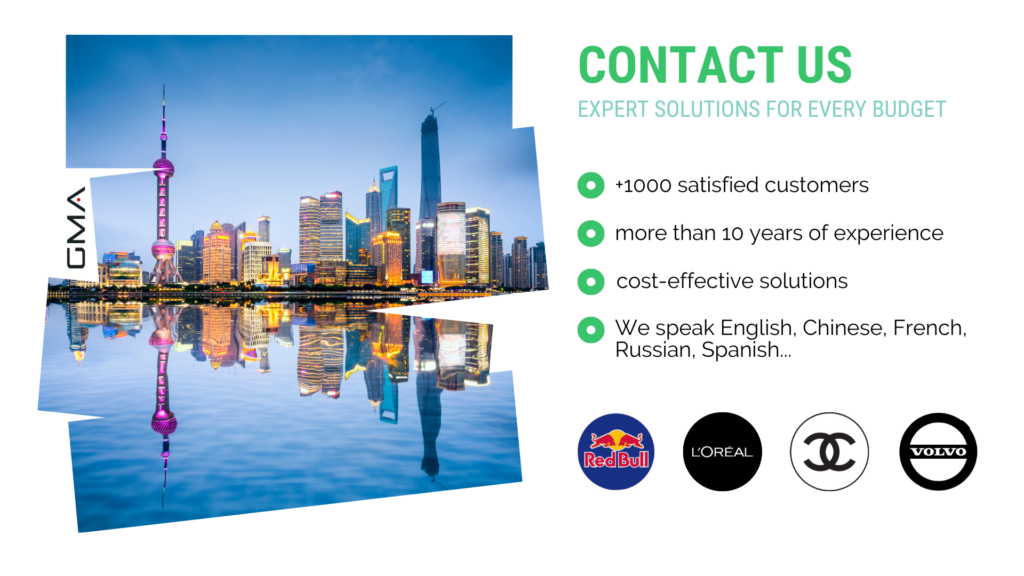
At Gentlemen Marketing Agency, we understand the nuances of the Chinese beauty industry and are ready to help you navigate this lucrative market and position your brand for success.
- Understanding Chinese Beauty Standards: We delve deep into the cultural intricacies and modern trends shaping Chinese beauty standards, ensuring your brand aligns with local preferences and stands out among competitors.
- Customized Marketing Strategies: From influencer collaborations to social media campaigns, we craft tailored strategies that resonate with the Chinese audience and amplify your brand’s presence in the beauty sector.
- E-Commerce Expertise: Maximize your online sales with our e-commerce solutions. We optimize your presence on major platforms like Tmall and JD.com, connecting your beauty brand with eager consumers.
- Social Media Mastery: Leverage the power of Chinese social media platforms like WeChat and Weibo. We create engaging content and manage your brand’s online community to build trust and brand loyalty.
- Influencer Partnerships & KOL Marketing: Collaborate with the right Key Opinion Leaders and influencers who can authentically endorse your beauty products and extend your reach to their massive followers.
- Market Research & Consumer Insights: Stay ahead of the competition with our in-depth market research and consumer insights, helping you anticipate trends and consumer needs.
- Regulatory Compliance Assistance: Navigate through China’s regulatory landscape with our guidance, ensuring your beauty products comply with local standards and regulations.
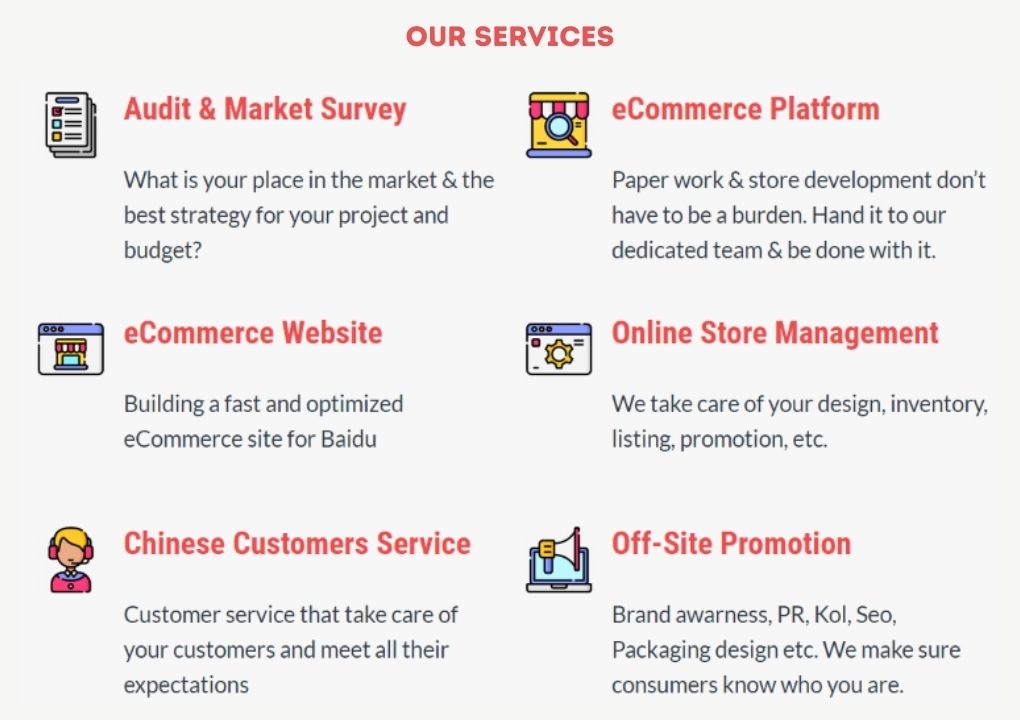
Connecting with the Chinese consumer in a meaningful way is essential for the success of your beauty brand in China. Let Gentlemen Marketing Agency be your partner in unlocking the market’s potential and building a beauty brand that resonates with the Chinese audience.
Ready to shine in the Chinese beauty market? Contact us today to get started on your journey to success!
